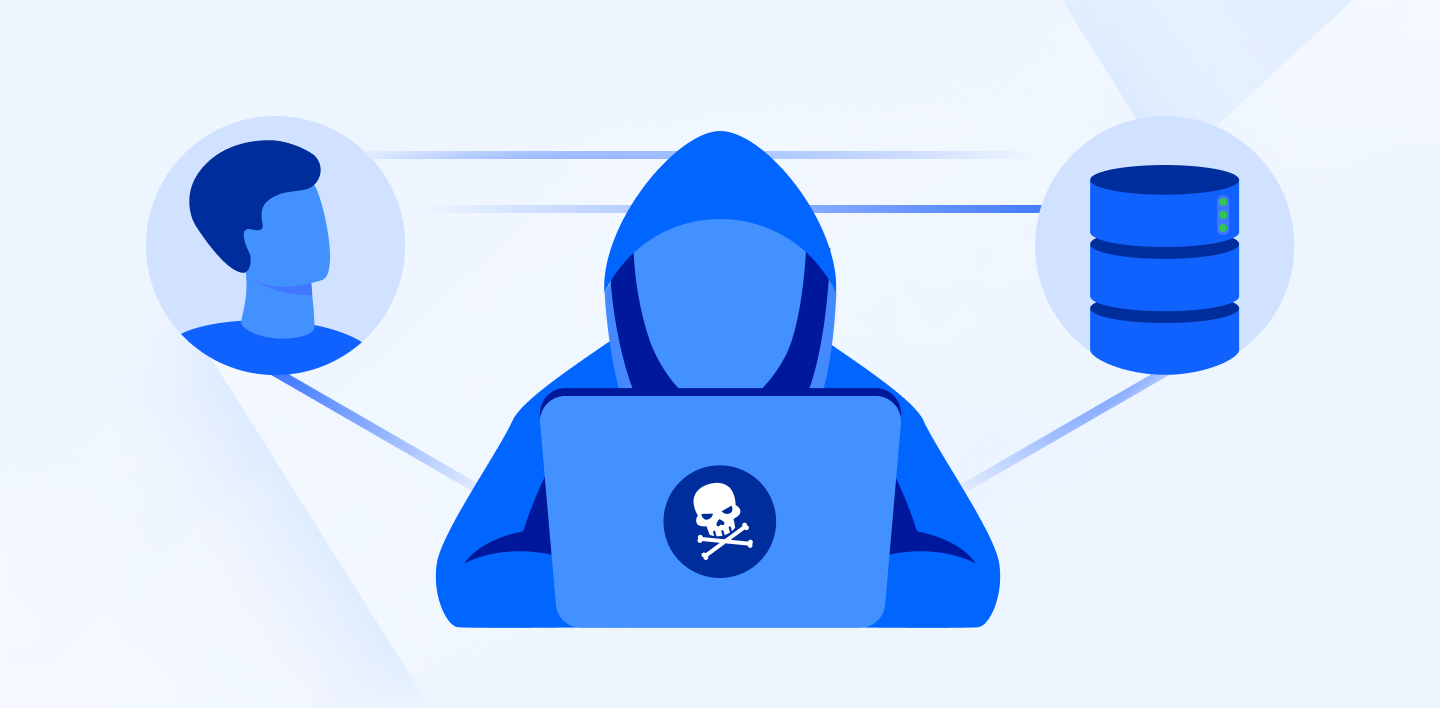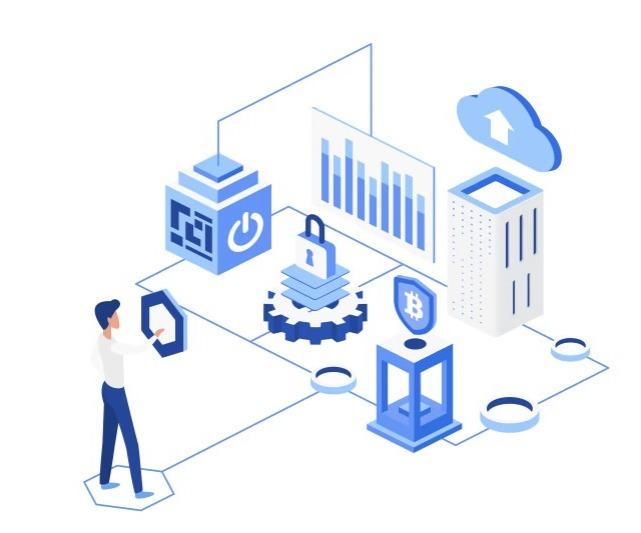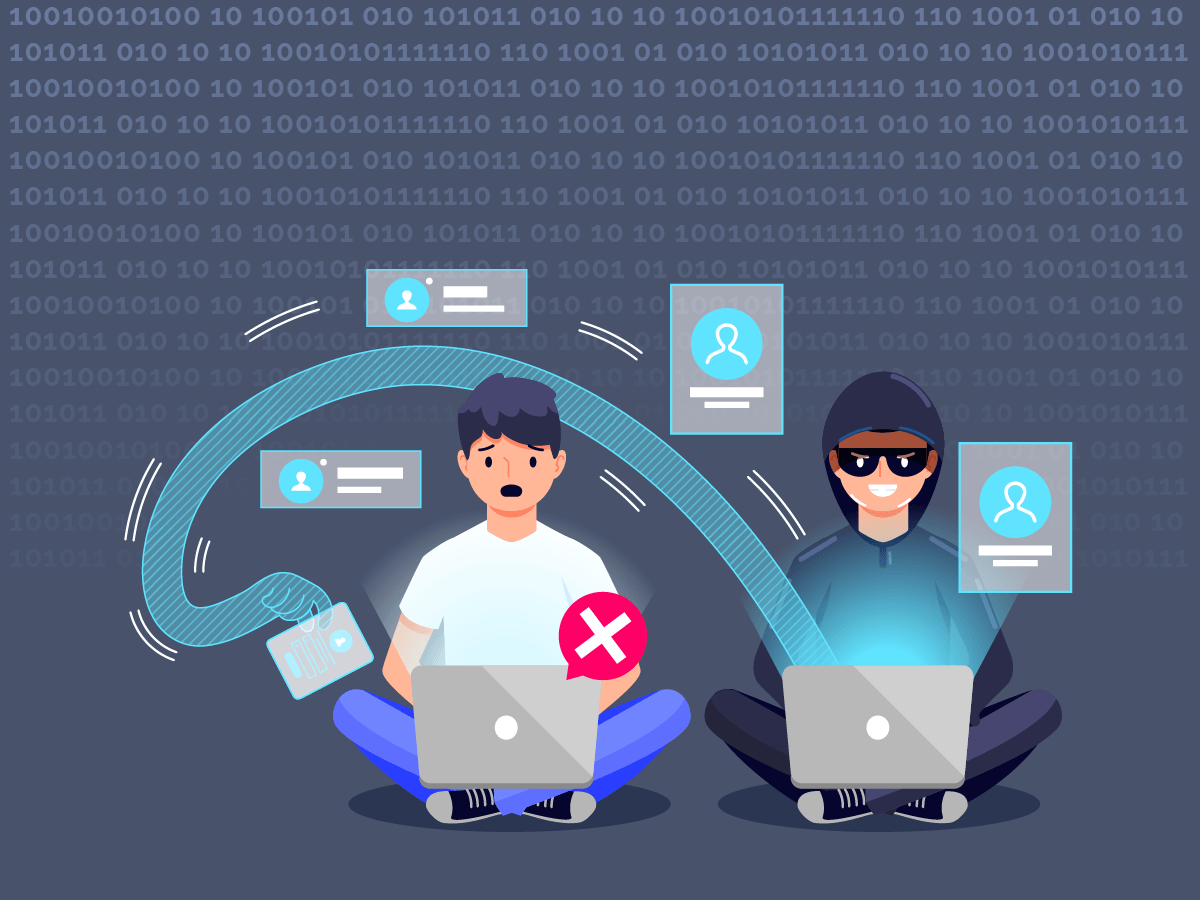
Have you ever wondered if someone can listen in on your private conversations without you knowing? In the past, eavesdropping was just about overhearing talks nearby. But now, as we live in a digital age, eavesdropping has transformed into a serious cyber threat. So, what is an eavesdropping attack? Simply put, it happens when someone unauthorised intercepts and listens to your private communications over technologies like telephone lines, emails, and online messaging platforms.
These attacks often take advantage of weak spots in communication systems to grab data that isn’t secured as it moves between people. Because these attacks are easy to pull off, they can be particularly dangerous.
Understanding what eavesdropping attacks are and how they work is the first step in stopping them. This is why it’s crucial for anyone using digital communication tools to know about cybersecurity and keep their information safe.
What are Eavesdropping Attacks and How Do They Work?
Eavesdropping attacks are a serious security threat that involve intercepting and listening to private digital communications. Attackers use advanced techniques and specialised tools to decode messages that travel across networks. Here are some common types of eavesdropping attacks:
● Network Eavesdropping: 
Attackers deploy tools called packet sniffers to monitor and capture data packets as they travel over network connections. This type of attack is particularly effective against unencrypted data, where the contents of the packets can be read directly.
● Email Interception:
This method involves attackers gaining unauthorised access to email accounts of either the sender or the recipient. They can intercept and read emails during their transmission, or access stored emails directly from compromised accounts.
● VoIP Eavesdropping: %20calls..jpg)
In this case, attackers use packet sniffers to intercept Voice over Internet Protocol (VoIP) calls. By capturing the data packets of these internet-transmitted voice communications, they can reconstruct and listen to private conversations.
Attackers employ a range of sophisticated tools and techniques to intercept and decode private communications. Here are some of the most common tools used by eavesdroppers:
● Packet Sniffer: This is a software that captures data packets as they travel across a network. Popular sniffing tools include Wireshark and Tcpdump, which can capture everything from emails to passwords if the data is not properly encrypted.
● Spyware: It is a malicious software installed on a victim's device without their knowledge and it is used to log keystrokes, record audio and video, and capture screen activity.
● Physical Taps: These are devices physically installed on network lines allowing attackers to listen to or record communication data.
● Exploitation of Public Wi-Fi: Attackers often exploit unsecured Wi-Fi networks in public places to intercept data transmitted by users connected to the hotspot.
The Detrimental Effects of Eavesdropping Attacks
What are the implications of eavesdropping attacks? These cyber incursions severely compromise sensitive data, ranging from personal identifiers like financial details to critical business information such as trade secrets.
The consequences are profound, individuals may face identity theft and financial fraud, leading to unauthorised transactions and lasting credit damage. For businesses, the impact extends to substantial financial losses, costly breach mitigation efforts, and potential regulatory fines for failing to protect customer information.
In the aftermath of eavesdropping attacks, organisations struggle significantly to restore trust and integrity. The revelation that sensitive data was compromised due to inadequate security measures can lead to diminished business prospects, project terminations, and a tarnished corporate reputation that may require years to rehabilitate.
Countermeasures and Tactics to Stop Eavesdropping Attacks
To counter eavesdropping attacks effectively, organisations and individuals must deploy both strategic preparedness and advanced technological safeguards.
1) Robust Encryption Methods:
Implementing protocols like SSL (Secure Sockets Layer) and TLS (Transport Layer Security), along with end-to-end encryption to secure data across networks and ensure that messages are decipherable only by intended recipients.
2) Secure Network Protocols:
Implementing secure network protocols such as HTTPS and SSH (Secure Shell), which create protected channels over potentially insecure networks.
3) Virtual Private Networks (VPNs): 
Encrypting all data traffic between a user’s device and the VPN server to prevent potential interceptors from accessing sensitive information.
4) Blockchain Technology:
Leveraging blockchain’s decentralisation, transparency, and immutability to secure communications across a network, making it challenging for eavesdroppers.
5) Emerging Technologies: Implementing Quantum Key Distribution (QKD), which allows two parties to produce a shared random secret key known only to them, ensuring secure communication channels.
What is an eavesdropping attack? - The final takeaway!
These pervasive cyber threats, capable of unauthorised interception of private communications, present substantial risks to both individuals and organisations. Embracing advanced technologies plays a pivotal role in defending against these threats. Ultimately, by fostering informed awareness and integrating proactive security practices with advanced technologies, we can effectively mitigate the risks of what eavesdropping attacks might bring, ensuring the confidentiality and security of private communications in our digital age.





